Here is a detailed guide on overclocking for graphics cards.
What Exactly is GPU Overclocking?
Any graphics card comes with a fixed ‘clock rate’ or performance level. But, you can easily increase the ‘clock rate; of the graphics card to get better graphics during gaming. The procedure is called ‘overclocking’. It allows your GPU to get better power, faster rendering, and smoother gameplay. In the latest models, overclocking helps a lot. You will instantly experience the improved result after overclocking.
How Safe is Overclocking?
Overclocking has become safer in recent times and modern devices. You can easily overclock a PC or even a laptop. If anything is not right, your device will safely reboot itself or display glitched graphics during gameplay. So, you can always get a hint when to stop during overclocking. But, overclocking does not cause any damage to your hardware. You can also use “shunt modes” or LN2 to remove the voltage limitations during overclocking. Hence, if you are willing to risk a little to get some extra benefits, overclocking is safe enough! Before you overclock, try optimizing your software. Overclocking offers better results. But, ensure you optimize your software and the whole PC to negate the improvements made after overclocking. Optimizing the software creates a solid base to ensure you get the best possible results.
What you Require to Overclock the GPU
1. An Overclocking Tool
An overclocking tool helps you to get the best result after overclocking. It also offers better details on the stats during overclocking. MSI Afterburner is a great option. This tool is compatible with both NVIDIA and AMD graphics cards.
You can easily download this tool online and use its beta version. Alternatively, you can also use EVGAs Precision XOC, not non-EVGA cards.
AMD also releases AMD Overdrive for their exclusive GPUs. If anything does not work, your device hardware is probably not compatible with overclocking.
2. A Benchmark/Stress-Test Utility
Overclocking pushes the GPU to its limit for better graphics. But, it can also cause the device to become unstable. Hence, you need to run a benchmark or stress test utility tool to ensure the device remains stable throughout the whole procedure. You can use different tools like 3D benchmark software 3DMark or Furmark for stress tests.
3. A Bit of Patience — & Nerves of Titanium
Well, the last thing is a bit of patience. You need to go through different procedures throughout the overclocking. Hence, you may need to stand before your device and conduct different procedures. In this case, try to remain patient and genuinely follow each step or procedure.
Is Overclocking Safe?
Overclocking is safer. But, it may reduce the lifespan of the GPU. But, modern devices last better or longer even after overclocking.
How to Overclock the GPU
Step 1 – Benchmark the Current Settings
Benchmarking your present system settings can help you overclock your GPU to get better clock speeds. It also helps you understand the GPU’s present state and system performance and statistics. You can run Superimposition and choose any required option from the Preset Menu. However, it is better to choose something with advanced settings from your usual games. You can use Superimposition to get better graphics without using 1080p or higher frame rate videos. But, before you benchmark your GPU, ensure to disable Vsynch. Otherwise, your monitor’s refresh rate will be locked after the benchmarking. First, click on the “Run” button to check out the scenes for five minutes. The corner of your screen will display performance information stats like frame rate, temperature, and clock speed. Now, check out if the stars are fluctuating during the whole procedure. In general, the latest NVIDIA and AMD graphics cards adjust the boost clock as per the power usage and GPU temperature. Hence, these cards often initiate Overclocking if there is extra headroom. While you overclock the GPU manually, you can push up the boost clicks further than the usual limits, so fluctuation is normal. While overclocking the GPU, the temperature of the card may change. But, you do not want an overheated machine. Hence, ensure the fans of your device are at full speed while you eat in this procedure. In the case of older graphics cards, the mechanism is not automated like its modern counterparts. Hence, you may need to control the fan speed during the whole procedure. Besides that, try to avoid overclocking if the temperature reaches more than 80s. Once you finish the benchmark, the final scorecard will be displayed to you. Note down the minimum, average, and maximum frame rates and benchmark scores for future reference.
Step 2 – Overclock GPU Chip.
Overclocking the GPU chip also helps you to get better graphics during gaming. It is better to start overclocking the chip at a slower rate. First, increase the tech core clock app. by 5% to check if the device displays any glitches or issues. If this is stable, try raising it a bit more.
Step 3 – Overclock Memory.
If you are a seasoned gamer, memory is also important for any GPU. It becomes evident if you are more into playing games with specialized textures. Overclocking memory can also help you get a better device while gaming. First, start with a boost of 50MHz or 100 MHz or 10% of your present status. This can offer you a better performance. But, in case your PC or laptop crashes or the graphics become glitchy, you need to stop. The device hardware might not be compatible with overclocking. But, you can try overclocking the memory again by raising temperature limit. It may work in many cases.
Step 4 – Fine-Tune
Start fine-tuning by increasing the GPU clock speed by 10MHz and wait. Then, if the graphics are stable, increase it again for 10MHz. After that, run the benchmark again to conduct the stress test. Alternatively, you can also run a gaming session of two to three houses to check how the device performs in the long run. While gaming, you may find that your device reboots automatically or the screen freezes. This indicates that you have reached the limit. Now, decrease the clock by 10 to 20 MHz. This will make the core clock stable. You can also repeat similar procedure with GPU memory clock after that.
Step 5 – Increase Your Power Limit.
You already know the limit of the GPU clock. So now, you have two options. Either you remain satisfied with the present situation or increase the power limit & temperature limit in MSI Afterburner & check out the results. After this increase, start a small gaming session. You will find the fans are louder than usual, and card is not diminishing its clock as fast as before. You can open RivaTuner of MSI Afterburner to check out stats from the Overclocking tool. Then, check out during gaming to see if the stats change.
Step 6 – Fine-Tune (again) and Test
Well, after you have found out the ultimate power level, increase the level by 10MHz again to get a little more. Again run overclock to fine-tune everything. So now, you have a GPU with a speed of +170 MHz/+450MHz. After you have reached the desired limit, benchmark your device again. You will find better results during gaming.
Does GPU Overclocking Create a Difference?
Well, overclocking makes a difference. It usually depends on the type of games you usually play and the device hardware. For example, if your game runs at a smooth 60fps, you may not find any significant difference if you overclock the device to 69fps. But, if a game dips down into 40fps or 50fps, the overclocking offers great results. If you play 4K games, you may get better graphics after overclocking.
What are Common Mistakes while Overclocking?
Usually, overclocking is safe when you follow the guidelines step by step. However, here are a few things that you need to check out: Avoid Overheating: While overclocking, look at the GPU temperatures closely and ensure the device is cooling properly. For example, ensure the fan is on, and water cooling is done. Don’t auto-overclock: Overclocking stresses the GPU. Hence, it is better to remain conscious during overclocking. Also, avoid auto-overclocking to ensure the device is safe.
Can you Overclock your Laptop?
Overclocking is possible for laptops also. If you have a good quality laptop, you can easily overclock. But, the GPUs are smaller in laptops. Additionally, the battery will drain faster also. So ensure you overclock a laptop for a smaller bit.
Conclusion
Overclocking offers better performance for gaming. So, if you are doing it properly by maintaining the right steps, it will offer you drastic improvements. You will enjoy the gaming sessions better with improved graphics as well! Comment * Name * Email * Website
Δ



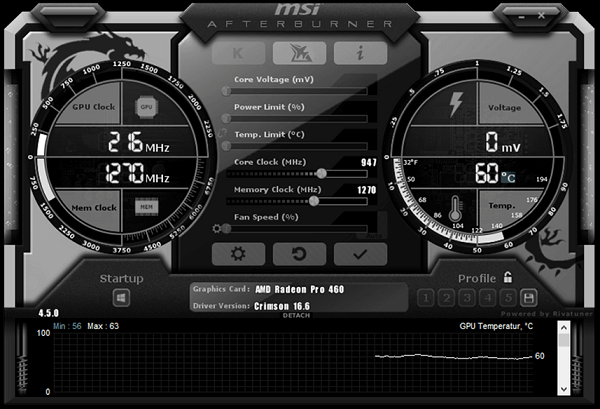
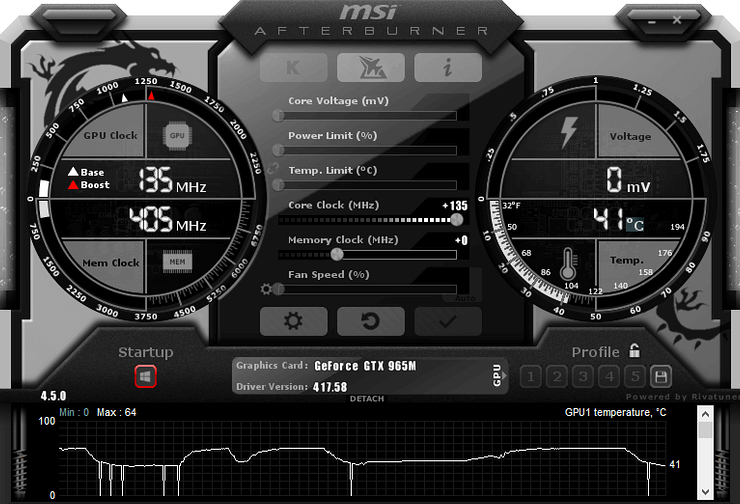
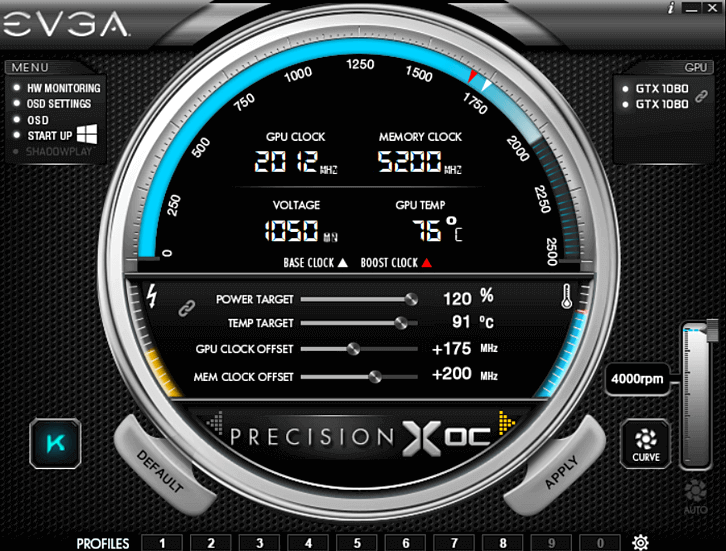
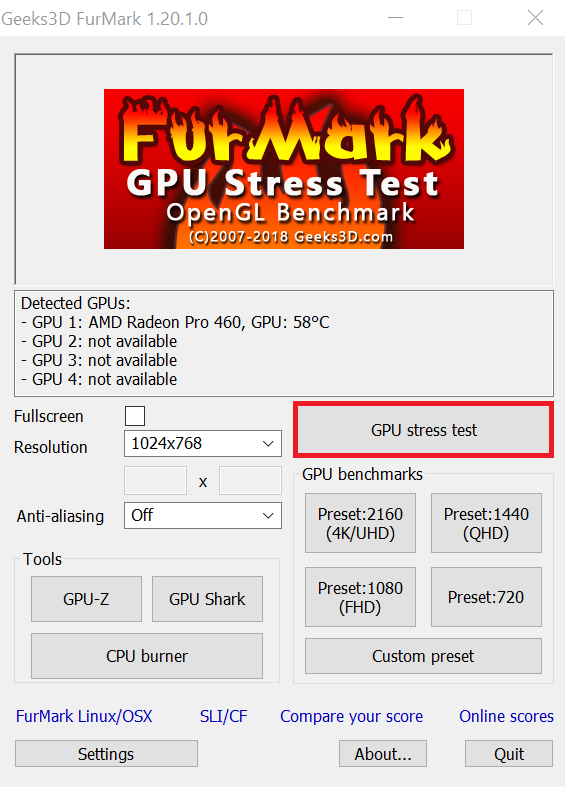
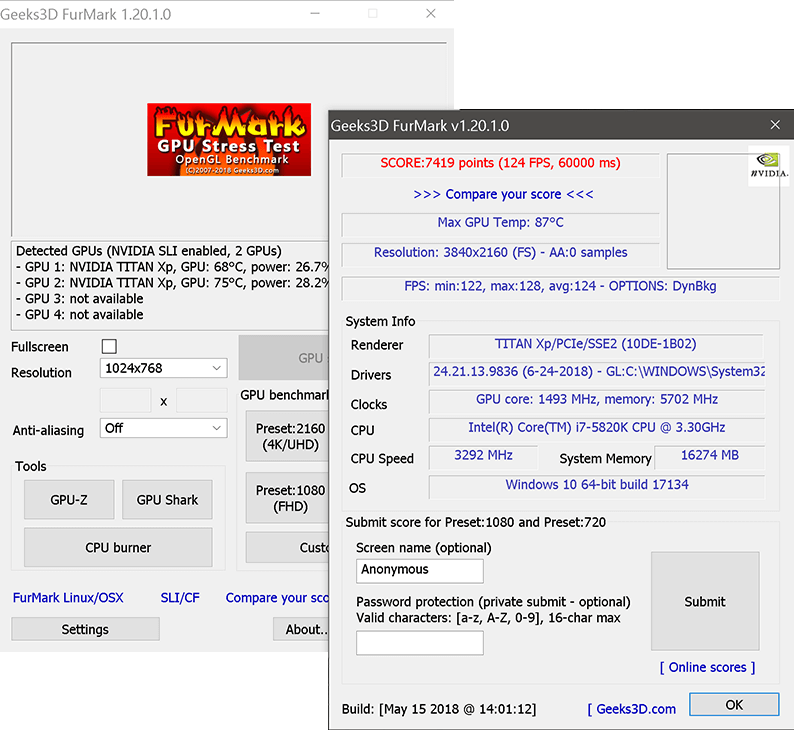
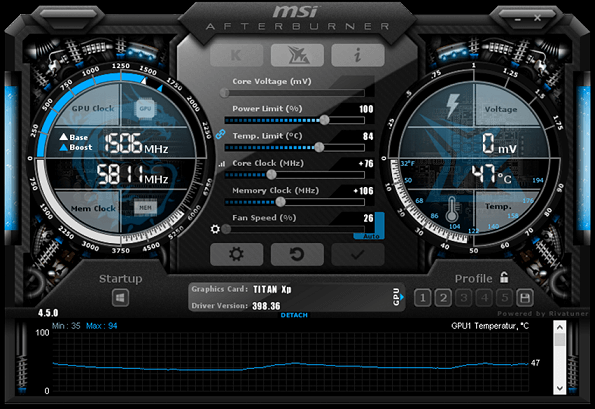
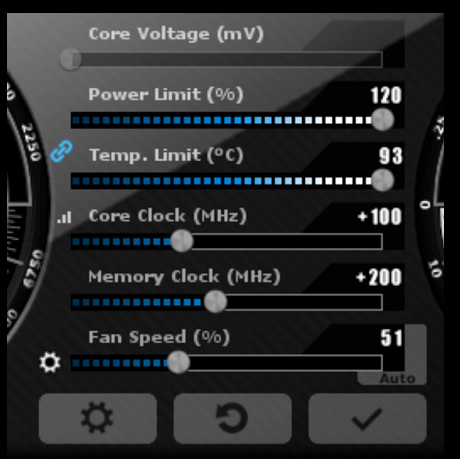



![]()